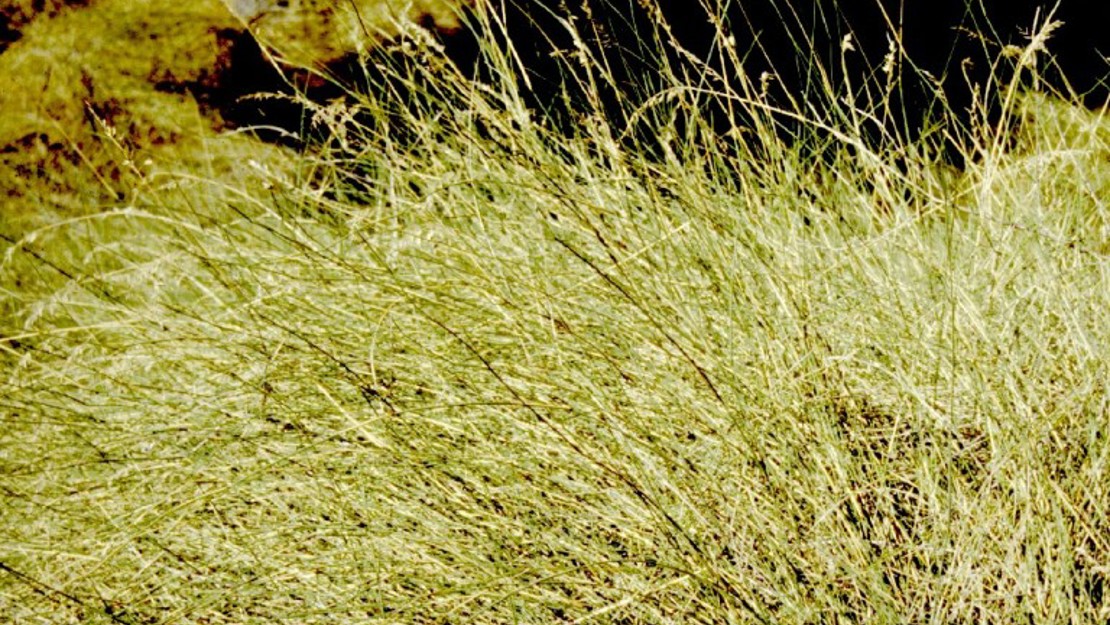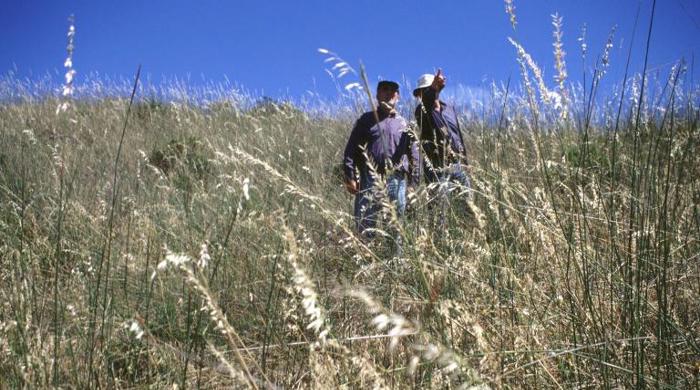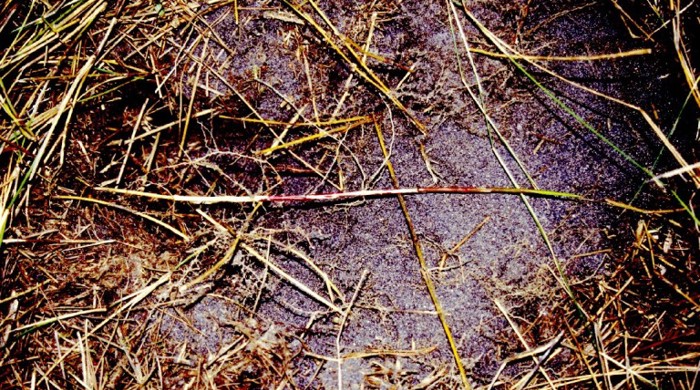Ehrharta villosa
Pyp grass
Family: Poaceae
Origin: South Africa

Regional Pest Management Plan (RPMP) status
- National Pest Plant Accord Species
- Notifiable organism
General description
Perennial grass < 2 m tall. Rhizomes are long and creeping. Stems are jointed, cane-like and erect. Leaves are short, < 13 cm long, blue-green and rolled. Flowers are borne in narrow panicle < 25 cm long in October – January. Seedheads are slender and contain purplish seeds.
What you need to know
To help protect our environment:
- You must not breed, distribute, release or sell pyp grass. As pyp grass is a National Pest Plant Accord species, these restrictions apply within the Auckland region and across the whole of New Zealand.
If you see pyp grass anywhere, you must report it to the Ministry of Primary Industries on 0800 80 99 66.
Habitats
Coastal areas, wetlands, sand dunes.
Dispersal
Seeds dispersed by wind. Vegetative spread from rhizomes. Human-mediated dispersal through deliberate plantings.
Impact on environment
Forms dense infestations, outcompeting and displacing native vegetation.
Control
Recommended approaches
Do not attempt to undertake control of this species. The Ministry of Primary Industries will carry out the control of this species.
Caution: When using any herbicide or pesticide please read the label thoroughly to ensure that all instructions and safety requirements are followed.






